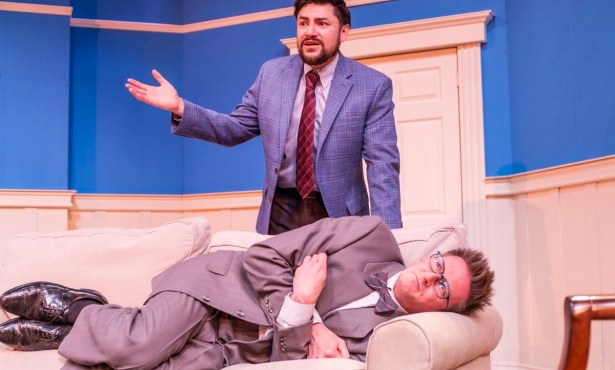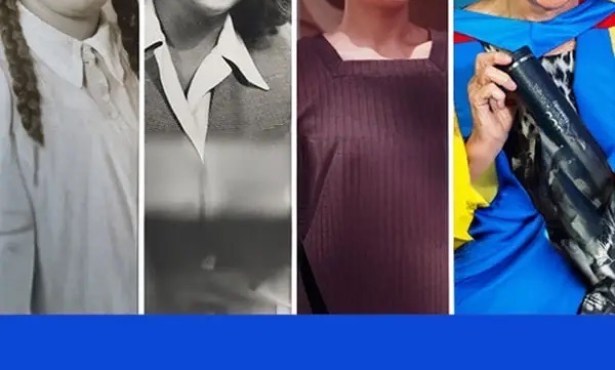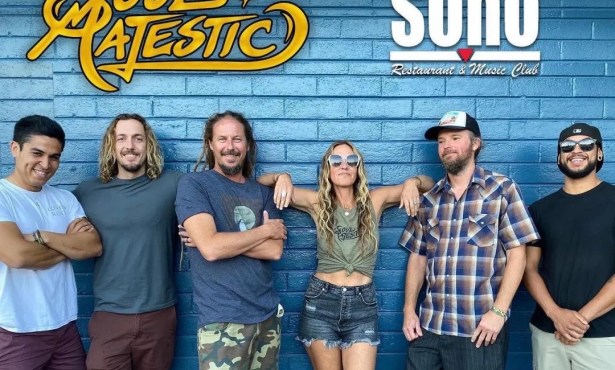Modern Dance Legend Mark Morris Returns to Santa Barbara
A Hard Nut to Crack
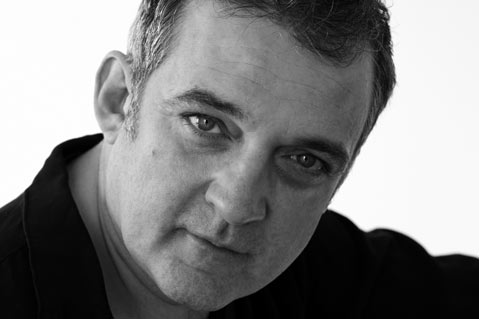
He is hailed as the Mozart of modern dance, praised for bringing “regular” bodies to the stage, and beloved by dance aficionados and neophytes alike. He is a powerful dancer, a master choreographer, and a bit of a diva. Mark Morris is one of the world’s best-known living dance artists, and this weekend he brings his company back to Santa Barbara after a 20-year absence. The creator of The Hard Nut, an alternative Nutcracker based on a dysfunctional family, Morris makes ballets that are unconventional, deeply musical, and often humorous. As an artist, he knows what works for him and what doesn’t, and in conversation as on the stage, he expresses himself freely. He spoke to me on the phone from his company’s studios in Brooklyn last week.
What happens when you hear music you like? I listen to it. I’m not looking for music to choreograph, specifically. I listen to music because I love music. I don’t see a dance in my head or anything like that.
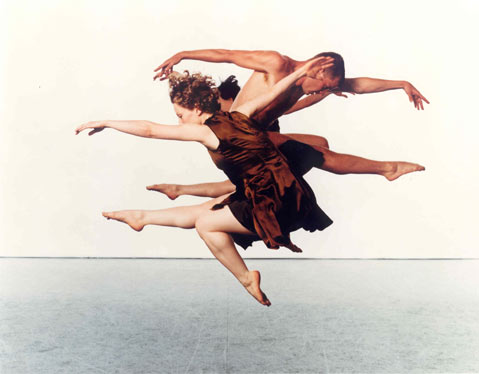
So what happens in the early stages of creation? Well, that’s if I decide to make up a dance to something; it’s not just hearing music. Making up a dance is a whole other, complicated situation, which involves a lot of listening, certainly, and studying the score and deciding what should happen, really. But I don’t make up anything except in the room with the dancers. I study the score and I maybe make notes or something, but I don’t do anything without the dancers. They’re the ones who are going to do it. So even if it’s a solo, I would start with everybody-with all 20 people. That’s pretty much the same from piece to piece; I figure it out as I go along.
And is it always music first? It is always music first, always.
I would have thought so. From what I’ve heard, you’re not a fan of dance notation, is that right? There is no notation. If you had to slave under the idiocies of Labanotation or something like that, you’ll know that it’s pointless. It’s ridiculous-no one uses it-it’s obsolete, it’s just to provide work for other people to teach it so no one can learn it. No, we use videotape and notes and the score and the oral tradition. But really, there isn’t a notation system that works for dance. It would be nice if there were, but there isn’t. Laban is bogus.
What do you look for in a dancer? That person has to be a really, really good dancer, first of all, and learn fast, and have some musical consciousness. I am sometimes right and I’m sometimes wrong. That’s why when you join this company, you’re in an apprentice situation for six-month increments in case it doesn’t work. You know, if it doesn’t work, it doesn’t work. Many people who dance great just aren’t right for this situation. If it’s learning the work or working well socially with us-we spend a lot of time together.
The company’s not far off 30 years old-that’s a long time to stay as inspired as you seem to be, at the top of your game and at the top of the modern dance game. How do you do it? Well, it’s what I like. People want to see us dance, and that’s what we do. If people didn’t want to watch it, we wouldn’t have any work. It’s not just luck. We’re bringing back “L’Allegra” this year, which we haven’t done for a couple of years-it’s 20 years old now-and then I’ve just finished this Romeo and Juliet a few weeks ago, which hasn’t even been performed yet. So I am not close to running out of things to do.
What does it take to train dancers to be natural and authentic on stage-can you teach it, or does it have to be there from the beginning? That depends on the piece. A lot of dancers who look good are just pretending they’re dancers, and that gets them very far, it’s like, “Oh! You look very : serious.” I don’t like people who are- I don’t know-big phonies, kind of. The dancing in this company is extremely varied. You have to have a big variety of approaches. You have to speak ballet fluently, and you have to also be able to do whatever I ask for. It doesn’t stop. Once you get a job in my company, that’s when it begins. It’s a very intense sort of immersion.
What’s your ultimate goal as a choreographer-what’s the most important thing you want to achieve? All I want to do is make up good dances. So I don’t have a goal toward any particular kind of dance or any sort of masterpiece or anything. I work at the top of my capacity, and that’s what I expect other people to do. So it has to do with music and with dancing, and doing something I haven’t seen before, and something that’s very good. That’s really it. That’s hard enough.
4•1•1
The Mark Morris Dance Group comes to the Granada Theatre on Tuesday, May 20, at 8 p.m. Tickets are $22-$48 and available through UCSB Arts & Lectures (893-3535 or artsandlectures.sa.ucsb.edu) and at the Granada box office (1222 State St., 899-2222, granadasb.org).

